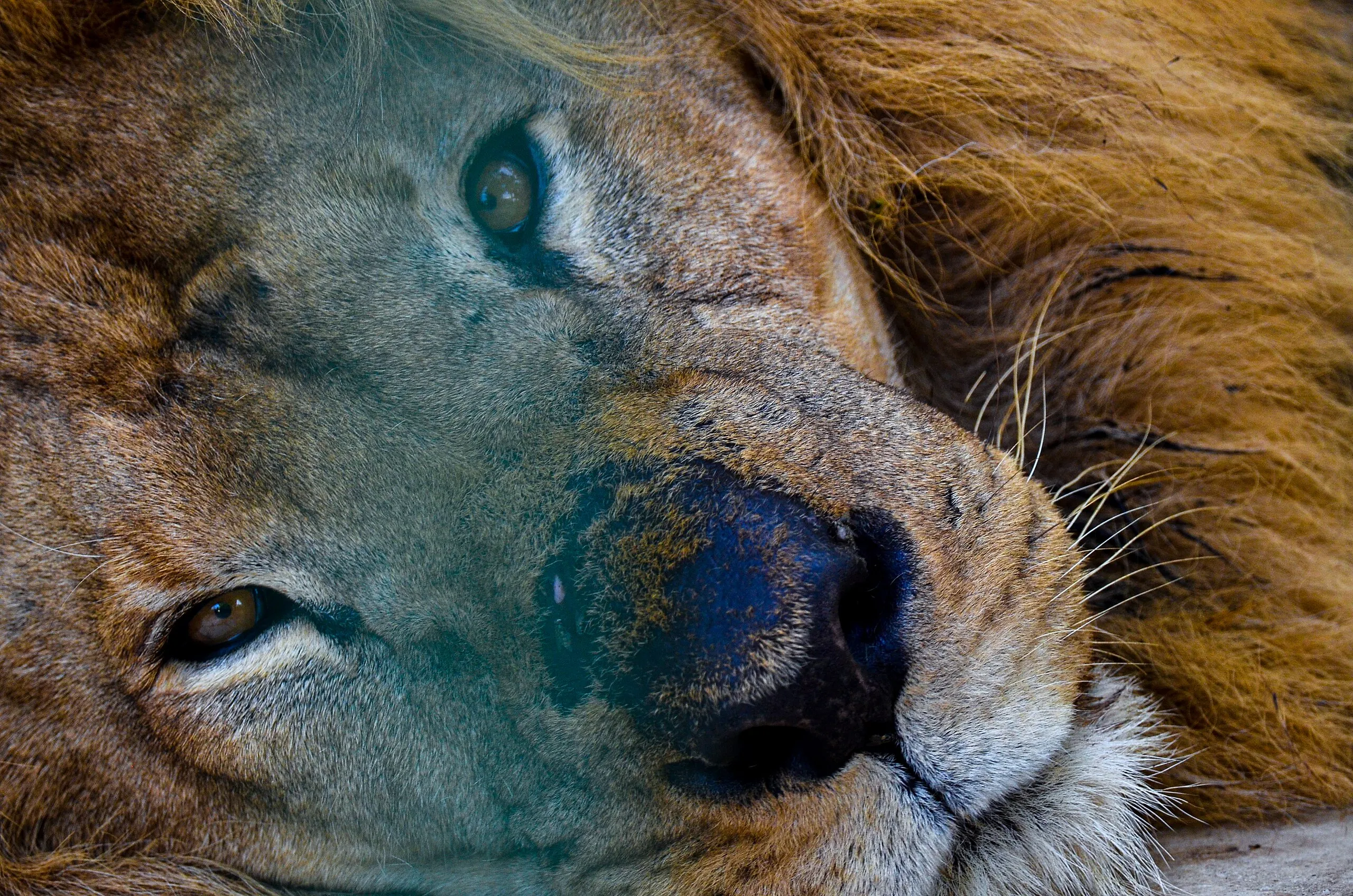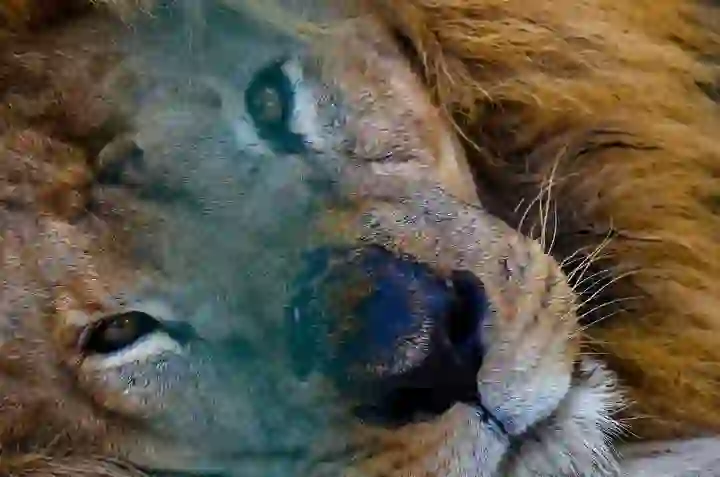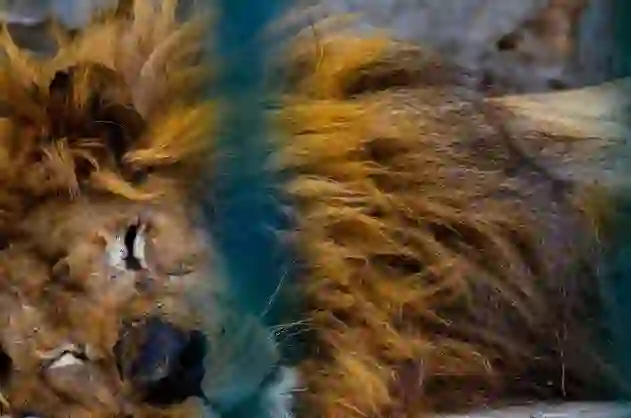
Senegal Lion
Senegal Lion
Senegal Lion
In the majestic wilderness of West Africa, the Senegal lion lives a secluded existence. They are smaller than other lions and give an impression of fragility. However, their small bodies possess a resilient strength that allows them to survive in harsh environments. Let's explore the little-known ecology of the Senegal lion, the threats they face, and the hope for their future.
Senegal Lion Basic Infomation

| Property | Value |
|---|---|
| Scientific Name | Panthera leo senegalensis |
| Taxonomic Status | SUBSPECIES |
| Rank | SUBSPECIES |
| Vernacular Names | Senegal Lion |
| Kingdom | Animalia |
| Phylum | Chordata |
| Class | Mammalia |
| Order | Carnivora |
| Family | Felidae |
| Genus | Panthera |
| Habitats | Senegal, Gambia, Guinea, Mali |
| Descriptions | The Senegal lion is a subspecies of lion found in West Africa, characterized by its smaller size and shorter mane compared to other lions. |
| Conservation Status | Endangered |

Size
They measure about 2.5 to 3.0 meters in length (including tail), with males weighing about 150 to 200 kilograms. Females are smaller than males, weighing around 120 to 150 kilograms. They are slightly smaller than other lion subspecies.

Lifespan
Their lifespan in the wild is about 8 to 12 years, shorter than other lion subspecies.

Distribution
They are found in several West African countries, including Senegal, Gambia, Guinea, Mali, Guinea-Bissau, Sierra Leone, Ivory Coast, and Burkina Faso. They were once widely distributed throughout West Africa, but their numbers have drastically decreased and they are now found only in limited areas.
Senegal Lion Q&A

What kind of lion is the Senegal lion?
The Senegal lion is a subspecies of lion found in West Africa. They are smaller and have shorter manes compared to other lion subspecies.
Their manes are often lighter in color, and some individuals have very little mane at all. This is thought to be an adaptation to the dry savanna environment of West Africa, as a smaller mane helps with thermoregulation and makes it easier to move through dense vegetation.

What do Senegal lions eat?
Senegal lions are carnivores, primarily preying on medium to large-sized herbivores such as antelopes, warthogs, gazelles, and monkeys. They hunt in groups, chasing down their prey and bringing it down.
Female lions are the primary hunters. They are excellent hunters and work together to corner their prey. Male lions do not usually participate in the hunt, preferring to steal kills or defend them from other predators. Lions may also eat birds, reptiles, and fish. In the winter, when food is scarce, they may scavenge on carrion.

What kind of lives do they lead?
Senegal lions live in groups called 'prides'. A pride typically consists of one male, several females, and their cubs.
Pride members cooperate with each other to hunt, raise their young, and defend their territory. The size of a pride can vary from a few individuals to several dozen. The leader of the pride is the strongest male lion. He must fight other male lions to protect his pride and earn the right to mate with the females.

[Quiz!] Why are Senegal lion numbers decreasing?
The Senegal lion is currently classified as endangered. Their population has declined sharply due to human activities, primarily:
・Habitat loss: Deforestation and agricultural development are destroying their habitats.
・Poaching: Their bones and fur are highly valued in the illegal wildlife trade.
・Human-wildlife conflict: Lions that attack livestock or humans are sometimes killed.
・Spread of diseases: Many lions have died from diseases introduced by humans.
Solving these problems is essential to protect Senegal lions.

[Quiz!] What is being done to protect Senegal lions?
The Senegalese government and international conservation organizations, such as the WWF (World Wide Fund for Nature), are working on various initiatives to protect Senegal lions. These include:
・Establishment of national parks and wildlife sanctuaries
・Strengthening anti-poaching patrols
・Public awareness campaigns
・Promotion of ecotourism
・Captive breeding programs
These efforts are showing positive results, and the number of Senegal lions is slowly but surely increasing. However, the situation is not yet secure. The cooperation of each and every one of us is necessary to ensure their future.

[Quiz!] How are Senegal lions different from other lions?
Senegal lions are smaller and have shorter manes compared to other lion subspecies. Their manes are often lighter in color, and some individuals have very little mane at all.
This is thought to be an adaptation to the dry savanna environment of West Africa, as a smaller mane helps with thermoregulation and makes it easier to move through dense vegetation.

Would you like to become a part of the 'Animalbook.jp'?
Turn your knowledge into Q&A and share it with the world. ※Publication will be activated after purchase. Let's share information together!
Senegal Lion Type of List

Characteristics of Senegal Lions
- Smaller than other lions
- Short mane
- Light-colored mane
- Live in the savannas and grasslands of West Africa
Information
Congratulations! You are the first commenter!

Create Your Favorite List!
Senegal Lion
Save the animals you love! Build your own list to quickly revisit your favorites later.

Would you like to leave a comment?
※Please note: This is for the purchase of rights to post comments within the article.
Find Your Favorites!
Our shop offers a unique and attractive selection of goods themed around various animals.
Senegal Lion References
Senegal Lion Introduction of media used

Pacocreat, CC BY-SA 4.0, via Wikimedia Commons

Pacocreat, CC BY-SA 4.0, via Wikimedia Commons

Zythème, CC0, via Wikimedia Commons

Zythème, CC0, via Wikimedia Commons

Help Enrich Our Animalbook.jp with Your Media!
We are constantly looking to expand and enrich our Animalbook.jp with amazing photos and videos of animals. If you have any media that you'd like to share, please contribute and help us showcase the beauty and diversity of the animal kingdom. Your submissions will be credited and featured in our encyclopedia, reaching a wide audience of animal lovers.


















